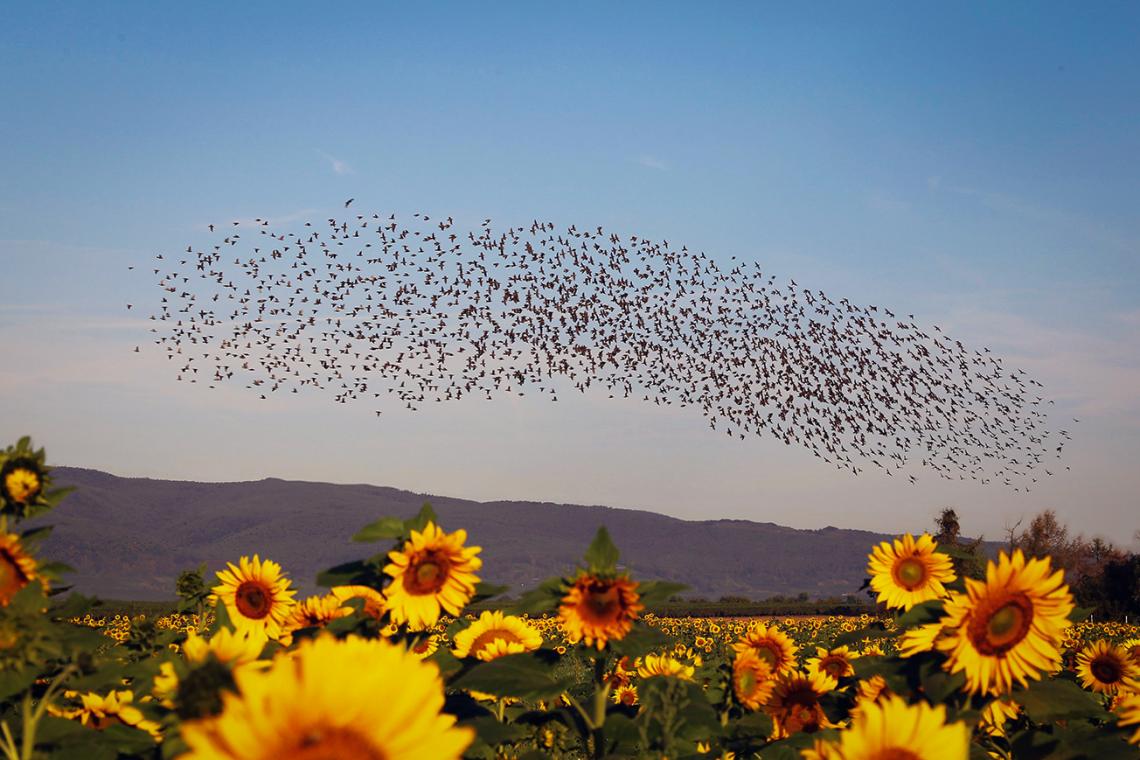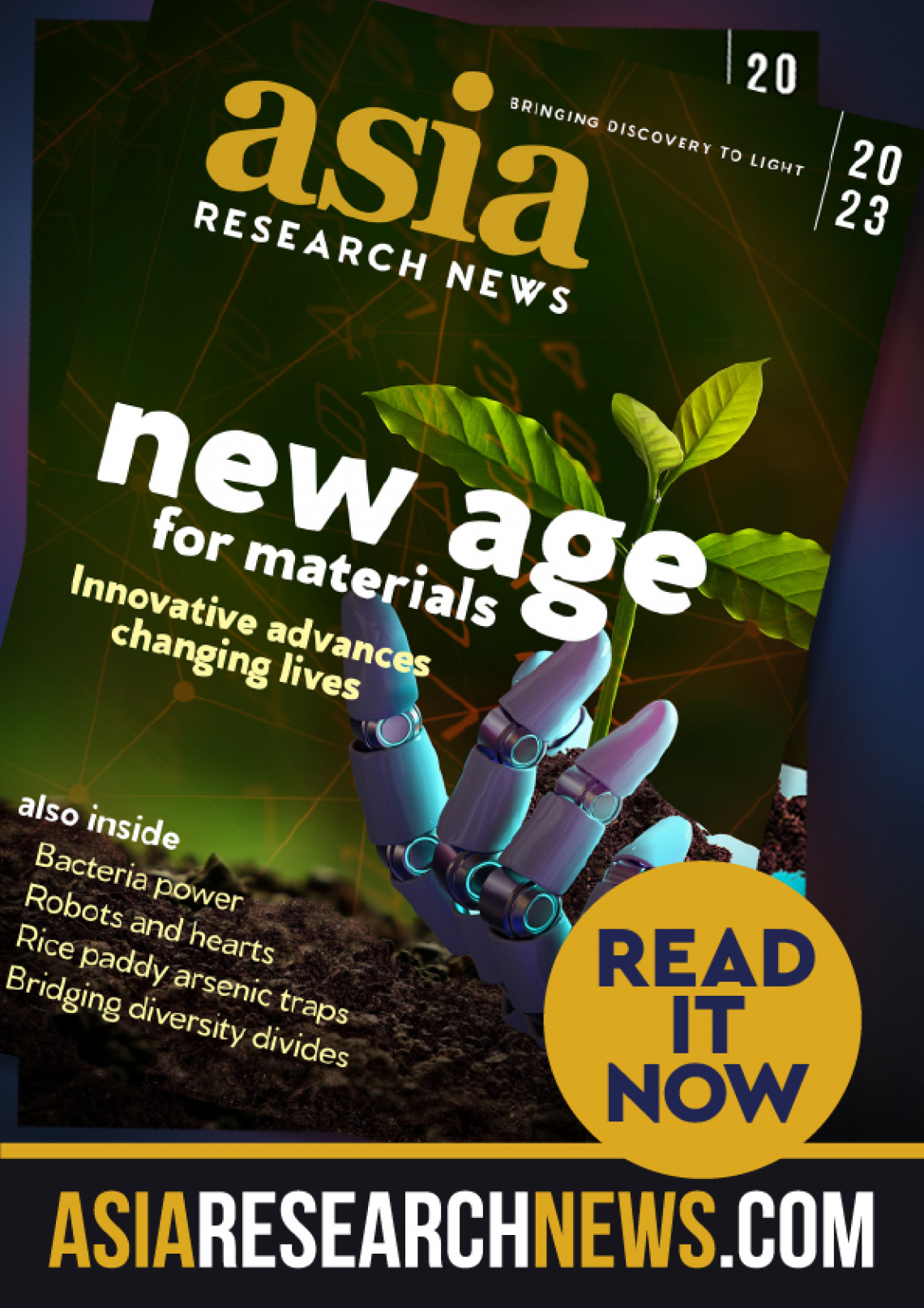This story is featured in the Asia Research News 2023 magazine. If you would like to receive regular research news, join our growing community.
Get the news in your inbox
Swarm robotics is a new discipline, inspired by the cooperative behaviour of living organisms. It involves fabricating robots and getting them to swarm together to accomplish complex tasks. Macro-scale swarm robots have been developed and employed for a variety of applications, such as transporting and accumulating cargo, forming shapes, and building complex structures.
Now, researchers led by Hokkaido University physical chemist Akira Kakugo have developed tiny micro-sized machines that take advantage of swarming behaviour. Their findings were published in the journal Science Robotics.
Some birds evolved to travel in swarms for more efficient movement. The swarming molecular machines can transport cargo 10 times larger and 5 times more efficiently than a single machine.
A swarm of cooperating robots gains characteristics not possible for individual robots. They can divide a workload, respond to risks, and even create complex structures in response to changes in the environment. Single robots and machines at the microand nano-scale have very few practical applications due to their incredibly small size. If they could cooperate in swarms, however, their potential uses would massively increase.
The team constructed about five million single molecular machines composed of two biological components: microtubules linked to DNA, which allowed them to swarm; and kinesin, a motor protein capable of transporting the microtubules.
The DNA was combined with a light-sensitive compound called azobenzene. Changes in azobenzene’s structure upon exposure to light triggered the DNA to form double strands, connecting the microtubules in a swarm. Exposure to UV light reversed this process.
The scientists tested the transportation of tiny polystyrene beads treated with azobenzene-linked DNA. They loaded onto the microtubules when exposed to visible light and were unloaded when exposed to UV light. The DNA and azobenzene used on the cargo were different from those used for the robots so that swarming could be controlled independently of cargo-loading.
A swarm of molecular robots (yellow and purple cylinders) collect, transport and unload cargo (blue spheres) in the top images. In the fluorescent images (bottom), the molecular robots appear as orange tails and cargo as blue dots.
Whereas a single machine can load and transport polystyrene beads up to three micrometres in diameter, swarms of machines were able to transport cargo as large as 30 micrometres in diameter. The swarms were also up to five times more efficient with regards to transportation distance and volume.
By demonstrating that molecular machines can be designed to swarm and cooperate to transport cargo with high efficiency, the study lays the groundwork for the application of microrobots to various fields.
“In the near future, we expect to see microrobot swarms used in drug delivery, contaminant collection, molecular power generation devices, and micro-detection devices,” says Kakugo.
Further information
Assoc Prof Akira Kakugo
[email protected]
Department of Mechanical Engineering
Hokkaido University
We welcome you to reproduce articles in Asia Research News 2023 provided appropriate credit is given to Asia Research News and the research institutions featured.






